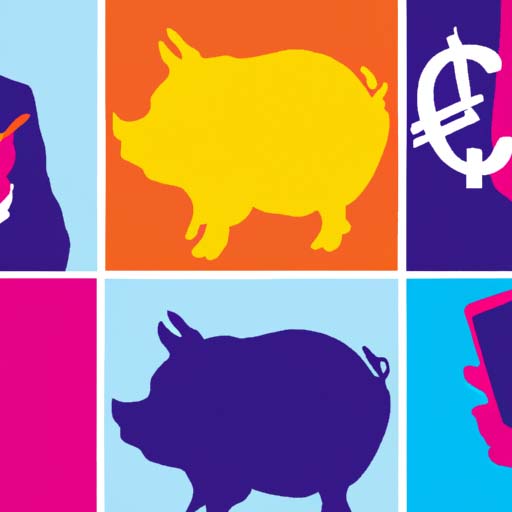Key Points:
- Fintech firms in India that focus on loans to individuals are growing rapidly, but profitability remains a challenge.
- Total consumption loans given by fintech firms in 2022-23 stood at ₹ 84,000 crore, compared to ₹ 11 trillion by the financial sector as a whole.
- The number of fintech firms giving more than 5,000 loans in a year doubled from 24 in 2018-19 to 54 in 2022-23.
- Fintech lending is heavily skewed towards personal loans and consumer durable loans.
- Loan products such as buy-now-pay-later (BNPL) loans are gaining traction, but profitability remains a challenge.
Fintech firms in India that specialize in providing loans to individuals are experiencing rapid growth, but the challenge of achieving profitability remains. According to credit bureau TransUnion Cibil, these firms issued a total of ₹ 84,000 crore in consumption loans, such as personal loans, consumer durable loans, and credit cards, in 2022-23. However, this is eclipsed by the ₹ 11 trillion in consumption loans issued by the overall financial sector during the same period. Despite the growing number of fintech firms that have entered the market, with the number of firms giving over 5,000 loans in a year more than doubling from 24 to 54 between 2018-19 and 2022-23, profitability remains a concern.
Fintech lending is heavily skewed towards personal loans and consumer durable loans, making up about 97% of fintech loan portfolios. This compares to 41-44% for NBFCs and private banks, and about 10% for public sector banks. One lending niche that fintech firms heavily focus on is buy-now-pay-later (BNPL) loans, which offer zero-interest loans on purchases repaid in installments. While these loan products are gaining traction, the path to profitability remains uncertain. A report from the Bank for International Settlements highlights the challenges facing fintech platforms globally, including high operating costs, rising credit losses, and intensified competition from neo-banks and big tech entering the BNPL market.
Indian fintech firms also face greater risks in their loan portfolios compared to established lenders. Bad loans in consumer loans and personal loans tend to be higher for fintech firms, as they primarily lend to younger individuals with weaker finances. A survey of US BNPL services reveals that these loans are more commonly used by individuals with low income levels and less educational attainment. In India, data from VCCEdge shows that 62 out of 119 fintech firms in digital lending were making losses at the net level in 2021-22.
Looking ahead, fintech companies will need to focus on diversifying their lending portfolios and managing risks effectively in order to achieve profitability. While technology has enabled faster loan processing and increased access to credit, it alone does not guarantee long-term success in the competitive lending market.



